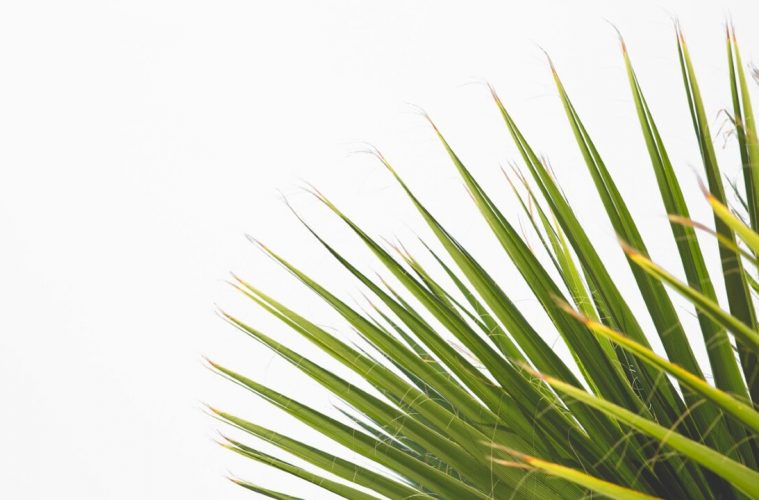As much as we all try to keep our houseplants looking as good as the day we bought them, this monumental task is easier said than done. Changes in care or environmental conditions can quickly lead to a wide range of problems, one of the most common of which is yellowing leaves.
Yellowing leaves are usually the result of a vital houseplant care mistake – overwatering. Excess moisture in the soil causes the roots of your houseplants to turn mushy and rot. They are unable to perform the essential functions of drawing up water and nutrients, causing the leaves of the plant to turn yellow.
Underwatering can also cause the same problem, as nutrients aren’t drawn up from the soil and transported around the plant. However, when lack of water is involved, you’ll usually notice brown edges on the leaves too – depending on the plant.
If you have recently fertilized, or haven’t fertilized at all, you may be dealing with a nutrient imbalance. Any issues with macronutrients like nitrogen or even micronutrients like iron can cause the leaves to become discoloured.
Also keep an eye out for sudden drops in temperature, as most houseplants hail from the tropics and don’t appreciate the cold.
If you encounter any of these issues, it’s important to tackle the problem immediately. Waiting too long may lead to the demise of your plant. Determine which issue is the most likely, improve conditions to make them closer to what your specific plant needs, and it should return to normal soon.
READ MORE: 4 Popular houseplants you can propagate in water

